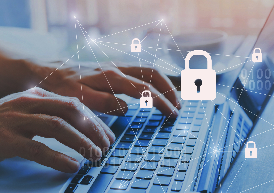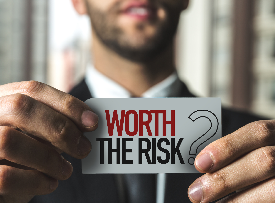The Truth About Digital
After preparing for an important deposition, you are about to go on the record when the person you assumed was a Certified Court Reporter (CCR) asks the parties if they will stipulate to a “digital reporter.” Or you may have received suggestions to broaden your deposition notices to allow for the recording of deposition testimony solely by digital audio and/or by artificial intelligence means without having a Certified Court Reporter present. This practice is sometimes referred to as “digital reporting.” What exactly does this mean and what should you do? 1. Digital reporting is not as techie as it sounds 2. Digital reporters are not certified by Washington State There is no Washington state-approved training, degree, certificate or licensure required of a person operating as a digital reporter. 3. No oversight or regulation by Washington State 4. Safety and confidentiality concerns 5. Artificial Intelligence and Voice Recognition While many companies tout extremely high translation rates, independent studies put the figure closer to 80 percent. Frequently, the audio is then sent to unlicensed contractors to be typed up or edited.
7. Accents, inaudibles and technical terminology 8. Chain of custody broken When multiple unlicensed contractors work on a transcript, it calls into question the chain of custody of the digital audio file, the confidential information that may be contained within it, as well as exhibits that may have been marked. How does someone certify the accuracy of a record when they were not the person who witnessed or reported it (see FRCP 80)? 9. Audio files can be manipulated and tampered with 10. Minimal training compared to a Certified Court Reporter
Don’t Fall for the Hype and Buzzwords Even though digital reporters offer an inferior product, they have effective marketing techniques, especially in the use of buzzwords. They use “state-of-the-art digital technology!” You’ll also see references to “powerful AI!” “Method-agnostic connected ecosystems!” “Disruption!” Many digital entrants are funded by private equity money and are promoting voice recognition and artificial intelligence as the new shiny object. They have the advantage in terms of marketing dollars, and the use of buzzwords is an easy and effective strategy. As a Stanford University study found, the inability of voice recognition systems to understand accents and dialects poses the risk of biased systems which may lead to discriminatory outcomes. In a separate article in The National News, the Stanford study leader, Allison Koenecke, says, “there are many higher-stakes applications with much worse consequences if the underlying technologies are biased. One example is court transcriptions, where court reporters [sic] are starting to use speech recognition technologies. If they aren’t accurate at transcribing cases, you have obvious repercussions.” This issue, which may impact equal access to justice, extends to other underrepresented communities, including disabled individuals, as noted in an article in Scientific American. Questions are being raised about how much of the current AI cycle is hype. A 2019 analysis of European AI tech startups found that 40 percent of them showed no evidence of actually using AI. A Bloomberg article reports that many Silicon Valley startups use a “fake it ‘til you make it” strategy, using human labor behind the scenes to do the work. These articles also point out that this practice often leads to the exploitation of low-wage workers. |




 6. Transcripts may not be admissible in court
6. Transcripts may not be admissible in court